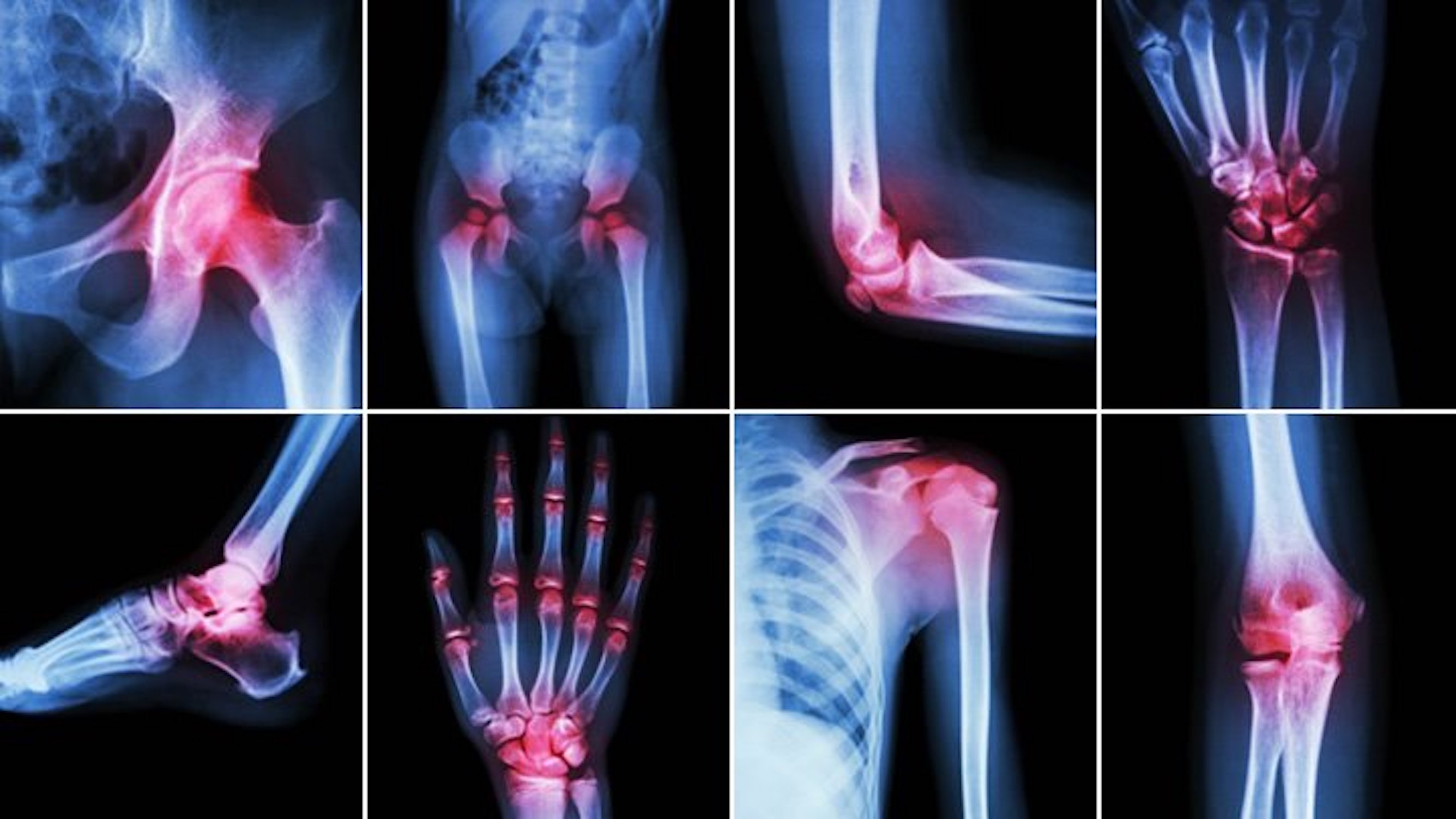In a systematic review and meta-analysis of surgical treatment methods for cervical fractures associated with ankylosing spondylitis, anterior approaches demonstrated lesser neurological improvement but carried a lower rate of complications when compared to posterior and anterior-posterior methods. The study, by Vaidya Govindarajan and colleagues from the University of Miami, was published in Neurosurgical Focus.
The authors suggest that, because of their lower complication rates, anterior approaches may be beneficial for treating patients with less-severe injuries if reducing the risk of complications is preferred.
The exclusion criteria when collecting studies for meta-analysis were as follows:
- nonhuman studies
- cohorts that did not incorporate surgical management
- studies that did not specifically evaluate anterior approaches
- cohorts that did not evaluate clinical outcomes
- case reports
After searching the PubMed, Cochrane, and Embase databases, seven clinical studies were included in the final qualitative analyses and six were included in the final quantitative analyses. Of these, six compared anterior approaches with anterior-posterior and posterior approaches and one only studied an anterior approach. Odds ratios (OR) and 95% confidence intervals (CI) were calculated where appropriate.
There were no statistically significant differences in gross rates of postoperative neurological improvement between anterior and posterior approaches (OR = 0.40; 95% CI 0.10–1.59; p = 0.19) However, analysis showed that patients treated with anterior approaches displayed a significantly lower mean change in postoperative neurological function versus patients treated with posterior approaches (mean difference [MD] = −0.60; 95% CI −0.76 to −0.45; p < 0.00001).
The same relationship was present between anterior and anterior-posterior approaches. There were no statistically significant differences in gross rates of neurological improvement between the two (OR = 3.05; 95% CI 0.84–11.15; p = 0.09), but patients treated with anterior approaches displayed a lower mean change in neurological function relative to patients treated with anterior-posterior approaches (MD −0.46, 95% CI −0.60 to −0.32; p < 0.00001).
Regarding complication rates, there were no significant differences between anterior approaches, posterior approaches, or anterior-posterior approaches, but complication rates trended lower in patients who underwent anterior approaches.
The authors noted the study was limited by the low number of studies available for analysis that compared surgical treatments, likely due to the relative rarity of ankylosing spondylitis–associated cervical fractures. Even in the analyzed studies, “authors tended not to provide objective metrics regarding clinical outcomes aside from neurological improvement and complication rates,” the researchers wrote. Larger studies, particularly those that investigate long-term clinical or other objective patient outcomes, are needed to further compare various surgical treatments for these injuries.
Source: Neurosurgical Focus









